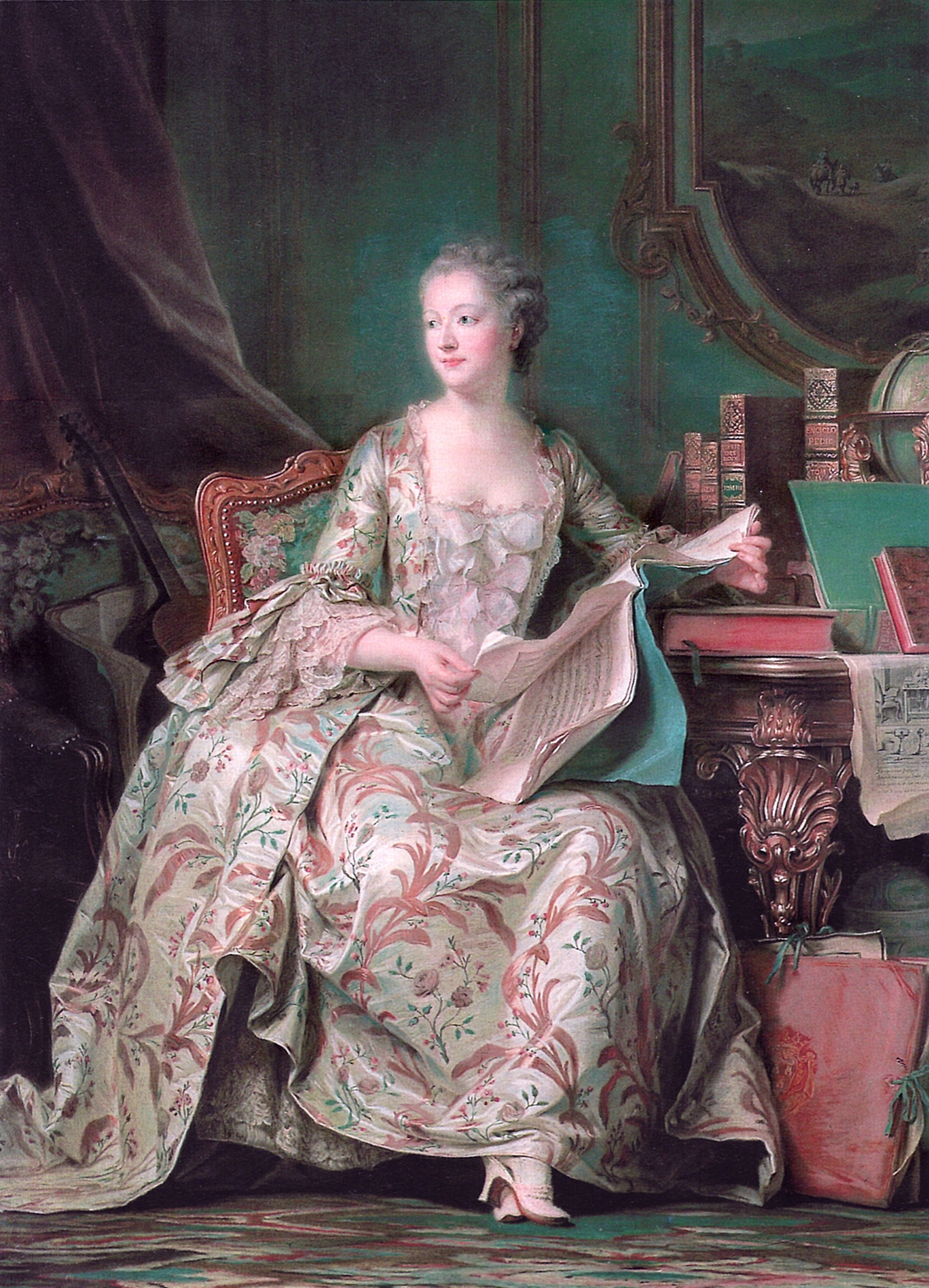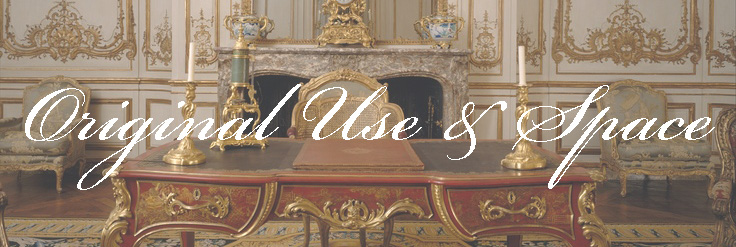
Maurice-Quentin Delatour, Portrait of the Marquise de Pompadour (ca.1748-55), Paris, Musée du Louvre, Department of Prints and Drawings. Annotated image by Constance Zhou. Users will be led to the “Extensive Use of Lace” page when they click the highlighted image map area on the sleeves.
Madame de Pompadour was proactive about her image. She used portraits to build up her identity and to convey idea about her political prowess.
Madame de Pompadour was a long-standing mistress and political advisor of King Louis XV of France. She gained the title of nobility and named as the thirteenth lady in waiting to the queen, a position considered the most prestigious at the court. She was influential over royal policy and culture in France. In her portrait, she was presented as a respectable and cultured woman. Depictions of lace occupied a large percentage of the portrait. By wearing these fine lace, Madame de Pompadour announced her wealth, nobility and social rank.
This portrait is one of those that correspond to her role and ambition of a woman who dominated France at the time. The sumptuousness of her clothing – a spectacular French-style gown in fashion around 1750 – shows her tendency to ostentation. The dress is made of silk and decorated by muslin and fine lace.
Lace was an extremely luxurious consumption exclusive for French court ladies and gentlemen. It was extensively applied to dresses as an announcement of power and authority. The absence of jewelry and the simplicity of her coiffure further emphasis the symbolic connotation of lace. In this portrait, lace was the most expansive ornament that Madame de Pompadour used to announce her social rank.
Click the lace in this portrait to further the story.
Pages
practice
